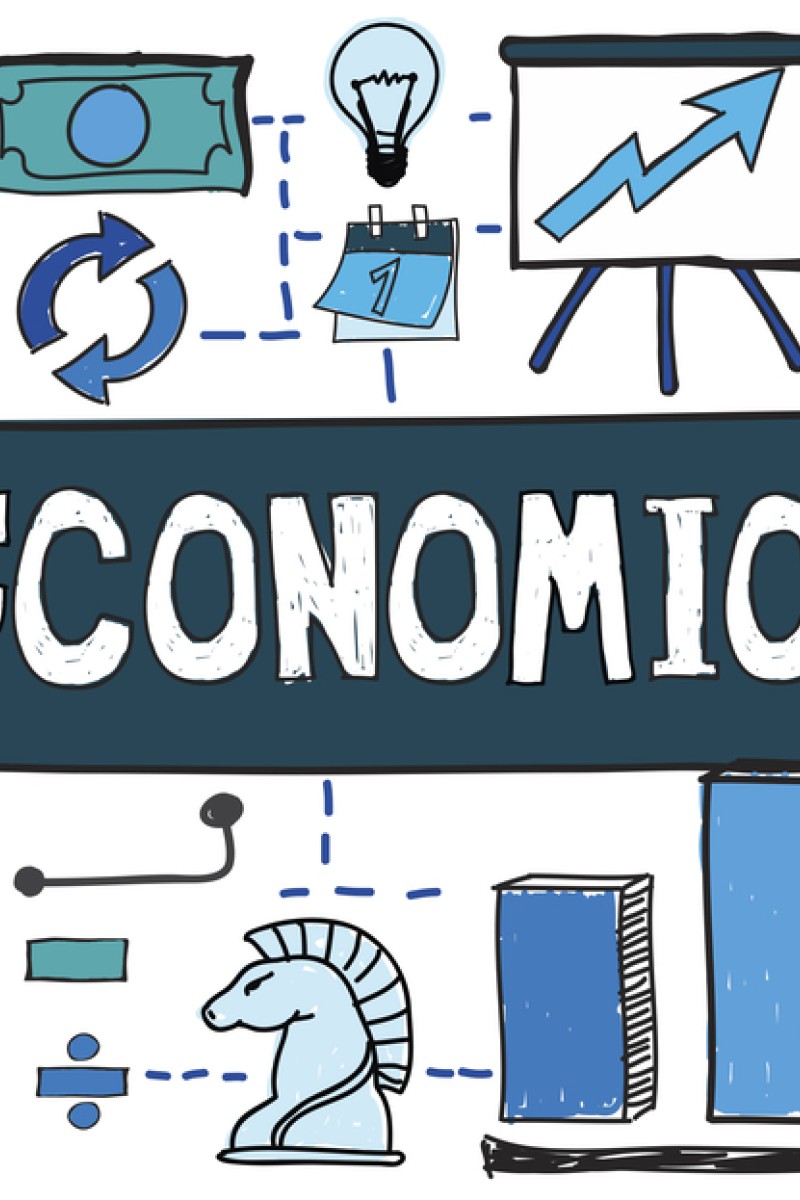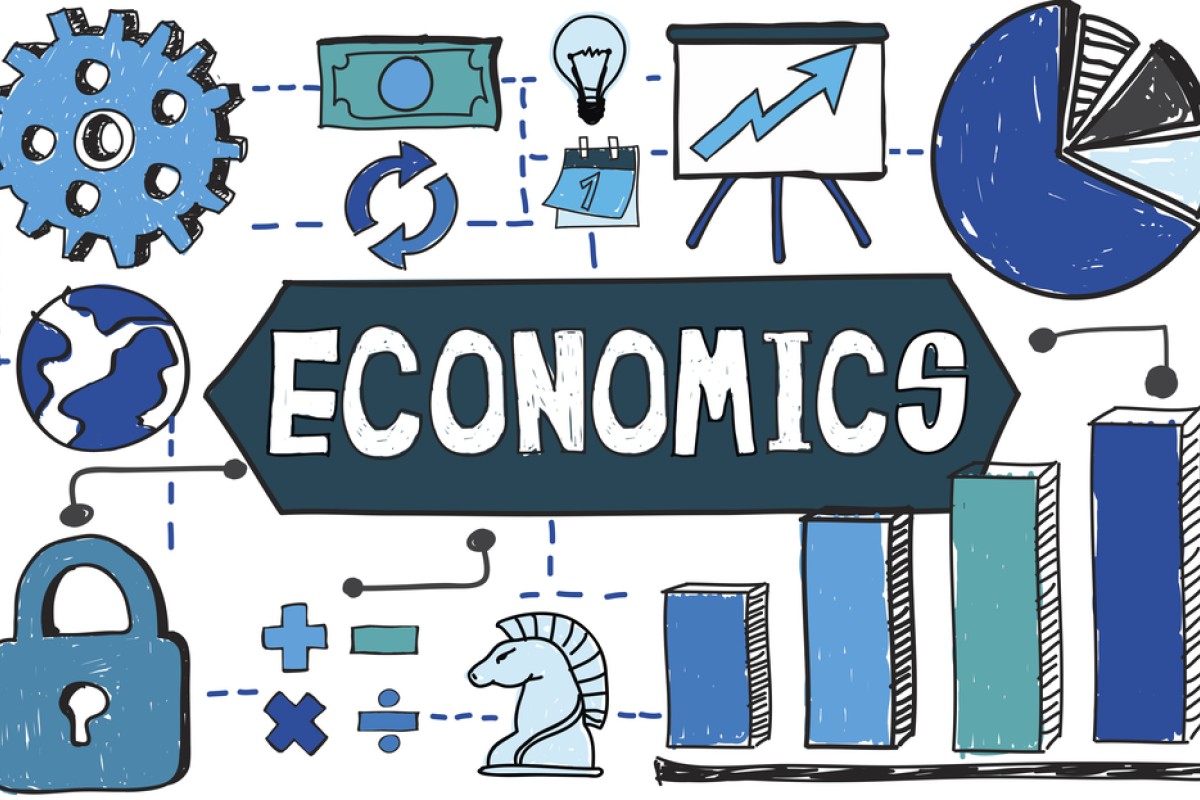
This year’s HKDSE Economics exam required understanding of current issues and is as tough as last year’s
The 2017 Economics exam tested candidates on their ability to accurately analyse diagrams and to apply economic concepts to real-world issues

Both teachers and students have said this year’s DSE economics exam was just as tough as last year’s, with many questions testing students on their ability to accurately analyse diagrams and to apply economic concepts to current issues.
Fred Chan, a tutor at Modern Education, identified two main features in this year’s Paper One, which consisted of 45 multiple questions.
“Some questions contained elements typically seen in the HKALE economics syllabus, such as theory of money in Q32 and Q36, a public good in Q3, and national income accounting in Q26.” Chan went on to add that in future, students might want to look at the HKALE past papers that have focused on these topics.
Chan said the questions in Paper One also tested candidates on how well they could apply economic theories to local and international issues. He said students need to keep up to date on current issues and how they might relate to the concepts they’ve been studying.
A Form Six student surnamed Yu said some of the answers in the multiple-choice questions were very similar to each other, making it hard to identify which was the correct answer. Q3 asked what was the most appropriate definition of a public good. “Both option A – a good with zero marginal cost of production, and option D – allows concurrent consumption by many individuals, seemed to be correct,” she said.
To answer this, Chan said students needed to take note of the wording of option A – zero marginal cost of production. Because it did not say zero marginal cost of “using”, this option was not the correct answer.
Carl Hung, a tutor at King’s Glory Educational Centre, said students might have had difficulty answering Q1, Q10 and Q42. Q1 stated that ‘the operator of a canteen in the government headquarters decides to sell sushi and not burgers anymore because the former can earn a higher profit’. It asked what this is an example of and what problem it might be solving.
“Some students might have chosen option A – government command, and ‘what to produce’ – because the question had the words ‘government headquarters’, but this was not correct. They should have taken note of the words ‘a higher profit’ as this refers to market mechanism, which appeared in option C,” said Hung.
Hung cited two more questions as examples of why candidates needed to identify keywords within the questions. Q10 asked what variable costs were involved in the extra hour of operation of painting classes. “Cost 1 – salary of the accountant – is not a cost that needs to be accounted for, because you don’t need one for an extra hour of operation. Therefore any answer that includes cost 1 is not correct. In Q42, students also needed to take note of the phrase ‘a small open economy’, which refers to the trade barrier quota. Option A, which is an example of a basic demand and supply diagram, was not the correct answer.”
Paper Two consisted of three sections. In the compulsory sections A and B, students had to answer all of the structured questions. In section C students had to select one out of two structured/essay-type questions. Yu said some topics this year in Paper Two covered contemporary real-world issues, such as Pokemon Go, the MTR fare adjustment mechanism and Brexit.
Chan said students answering Q1 in Paper 2A should have taken note of the word “necessarily”. “Under the topic of positive economics, we place emphasis on logical deduction. This means students have to consider more than one factor when looking at any case related to economics. So because of this, students need to be wary of the term ‘necessarily’, because nothing is ever necessary in terms of economic variables,” he said.
Hung said there were some new question types that appeared in Paper Two. One example was Q2(a), which asked what benefits do employees or an employer enjoy when they get tips from customers. “Q2(b) also talked about the average cost of production. Students needed to have a good understanding of the economies of scale,” Hung said.
Students had to list two features of the market structure of top five banks shown in a chart in Q3 in Paper 2A. Chan said this question tested students on their diagram analysis skills, and that they needed to thoroughly read the question.
“Students will have lost marks if they didn’t read it carefully. Q3 also tested their knowledge of market structure – like perfect competition, monopolistic competition, oligopolies and monopolies. The given chart revealed some banks were more dominant than others, so the answers students should have chosen should be monopolistic competition and oligopolies,” said Chan.
Q10 in Paper 2B came with a table presenting MTR business information, including the fare adjustment rate, total passengers boarding per year and total revenue. Hung said the diagram showed that there was no relation between elasticity and the rise in demand for MTR services.
Q14 in Paper 2C was another question type more often seen in the HKALE, Chan said. It tested students on the theory of production (MC=0).
“Again, students should bear in mind current real-world issues,” said Hung. He suggested future DSE students should discuss the link between economic theories and current affairs, such as the new HK$34.50 minimum wage and supply/demand, fines for illegal parking and law of demand, the increase to fees in accident and emergency (A&E) departments at public hospitals and efficiency.